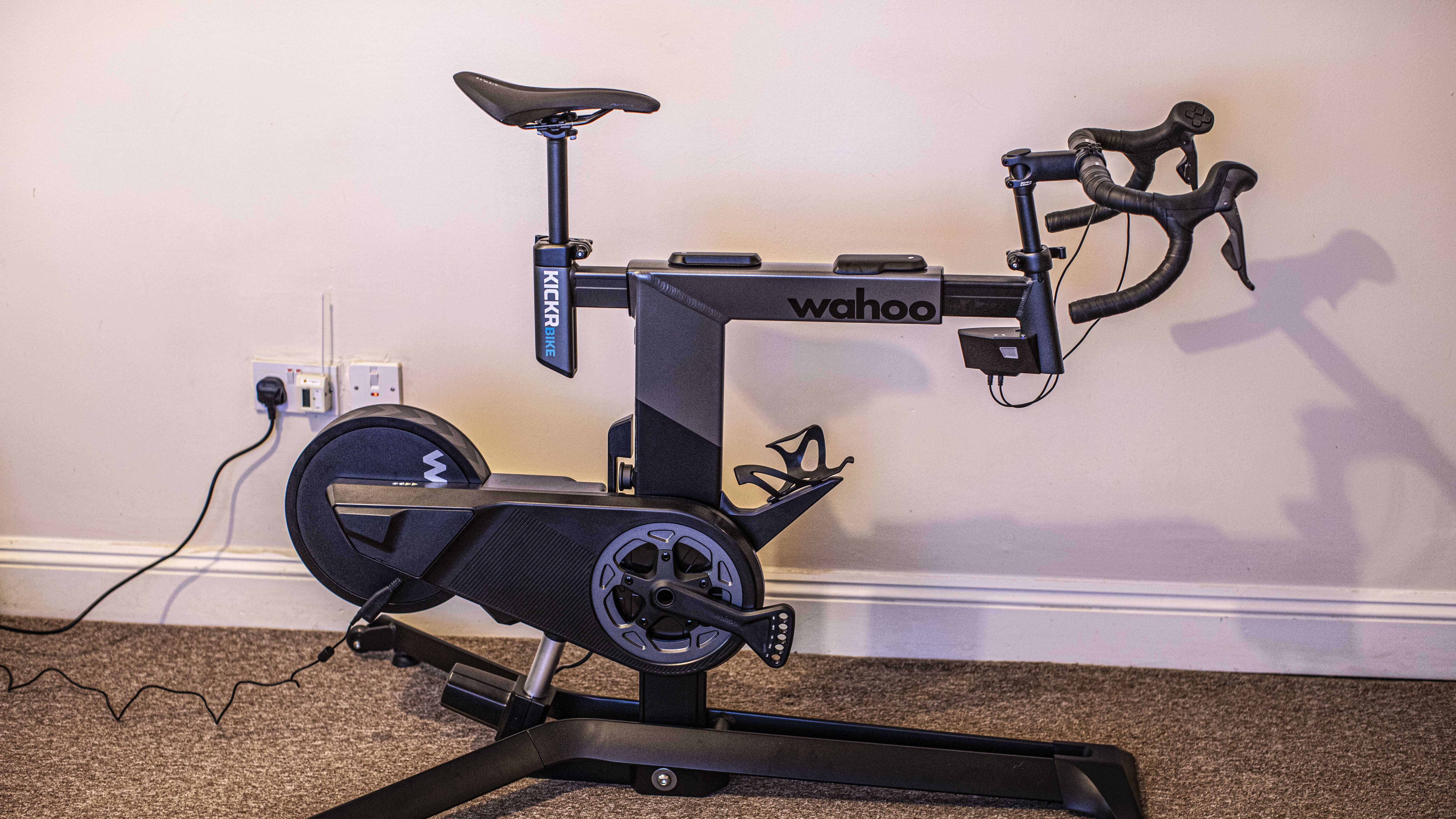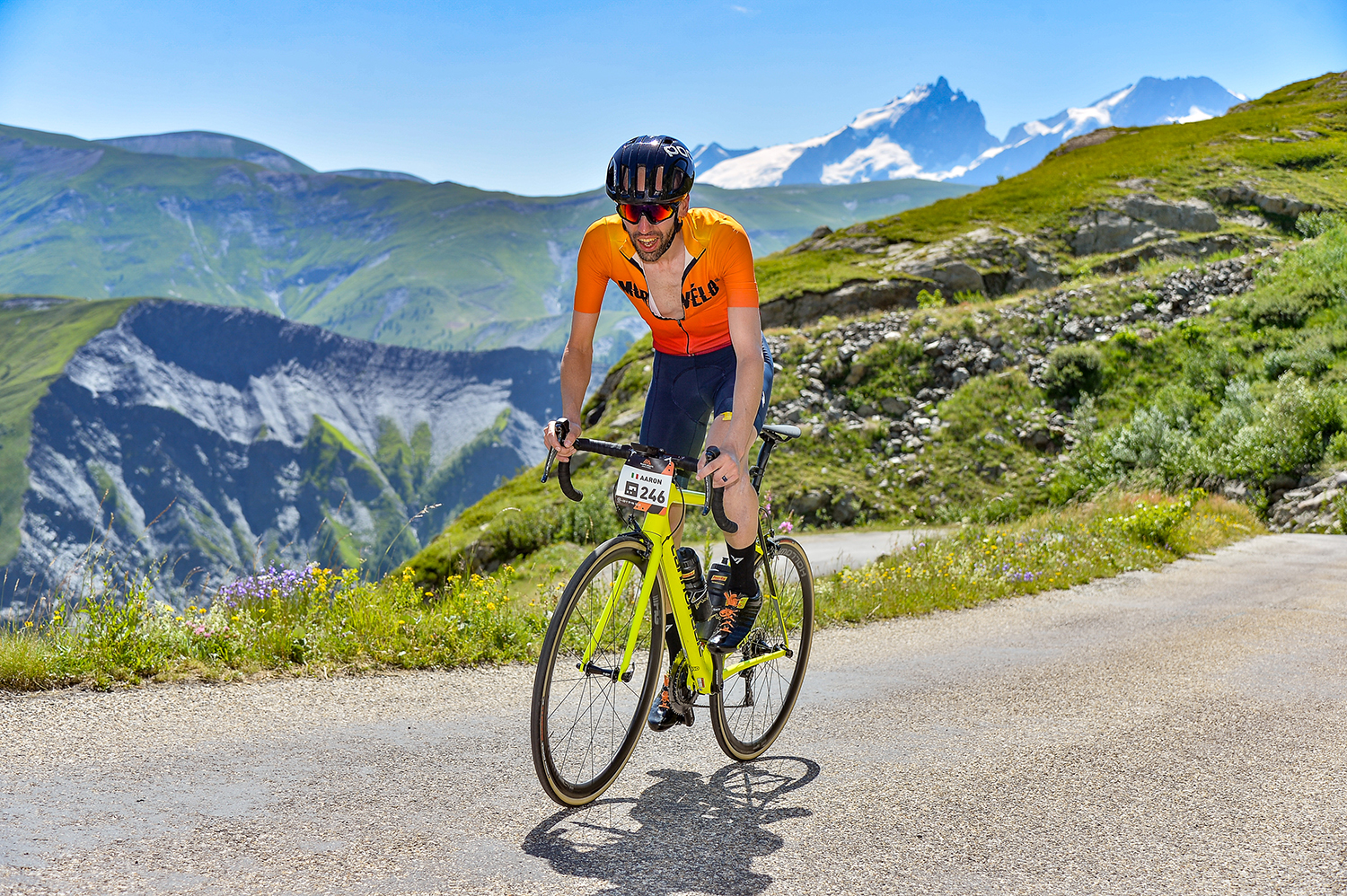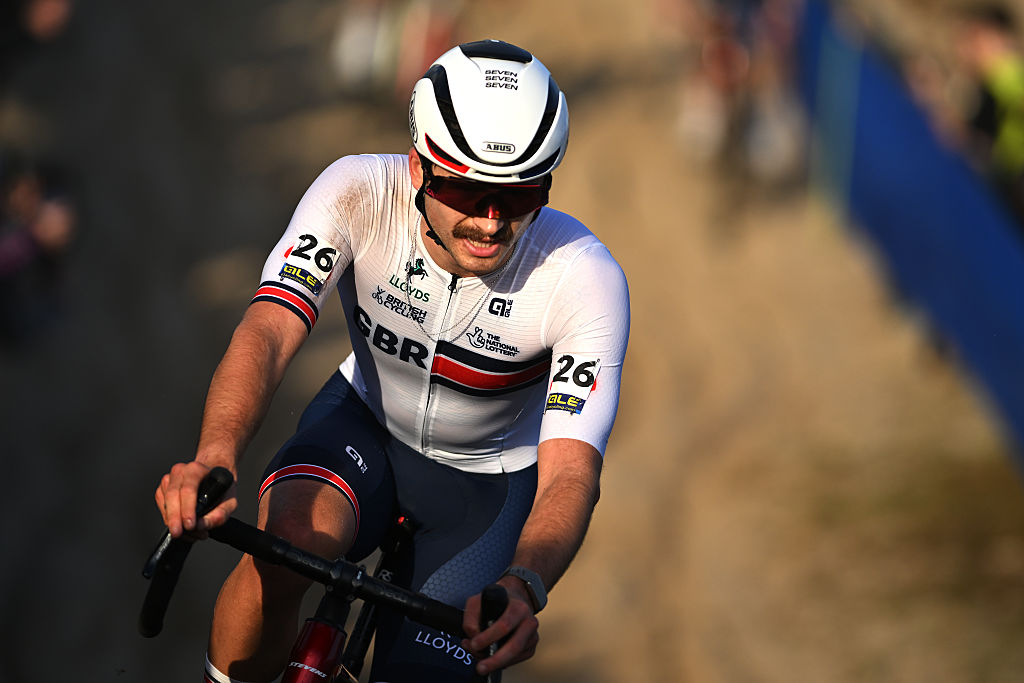Cyclingnews Verdict
The Kickr Bike Pro retains its spot at the top of the smart trainer tree, and the improved touchpoints, ergonomics, and controls further improve it.
Pros
- +
Improved touchpoints and ergonomics
- +
Built-in incline and decline feature
- +
Virtual Steering (Zwift)
- +
Wi-Fi
- +
Odometer
- +
Race Mode
- +
Excellent range of adjustment
- +
Free three-month Wahoo subscription
Cons
- -
Expensive
- -
Heavy
- -
Difficult to move around
You can trust Cyclingnews
Price: £3,499.99 / $US3999 / €3,999.99
Weight: 42kg (actual)
Connectivity: WiFi, ANT+ FEC, ANT+ Power, Bluetooth FTMS and Zwift Protocol
Accuracy: +/-1%
Max power: 2,500-watts
Max grade: 20%
Min grade: -15%
The original Wahoo Kickr Bike was launched in 2019 as the ultimate indoor training and racing solution. Despite it being the best smart bike on the market, it was replaced by the Kicker Bike V2 after just three years, with the most significant update being Direct Connect technology (a wired connection between the bike and internet router to reduce the chances of wireless dropouts further).
Wahoo also added a paired-back, brake and belt-driven Kickr Bike Shift to the range in 2023 as a more affordable smart bike option. While resolute in many ways, all three smart bikes (V1, V2, and Shift) lacked ergonomic refinement when it came to the saddle, bars, and controls, so Wahoo elected to improve these attributes rather than redesign an entirely new platform. The result is the Wahoo Kickr Bike Pro, which sits alongside the Kickr Bike Shift as the brand’s premier smart bike offering.
Apart from the touchpoint alterations, everything else on the bike remains the same as the Kickr Bike 2, including its internals and electronics. Have these minor changes altered the way the Kickr Bike Pro rides and feels, or improved the recipe if at all? We spent a good few weeks on the Wahoo Kickr Bike Pro to find out.
Design and Aesthetics
Structurally, there’s nothing new to see here. The aluminium/steel frame architecture remains unchanged from the Kickr Bike V2, as do all the materials and design elements used in its construction, including the grey/back colour scheme, Wahoo logo placements, and the Kickr Bike wordmark graphic on the seatpost holder and headtube. Despite being promoted by Wahoo as a ‘Pro-level’ machine, no ‘Pro’ designation appears anywhere on the bike. In fact, apart from the new touchpoints, the Kickr Bike V2 and Kickr Bike Pro are indistinguishable from one another.
To improve all touchpoints, Wahoo partnered with Fizik to deliver updates the company describes as “Pro-grade features” – this includes a Fizik Aliante R5 saddle and Fizik Solocush bar tape wrapped around a new 40cm-wide handlebar with 16 degrees of flare. Wahoo also redesigned and updated the ergonomics of the shifters and controllers to match the functionality of Zwift Play controllers/Click buttons, but I’ll get into these details a little later.
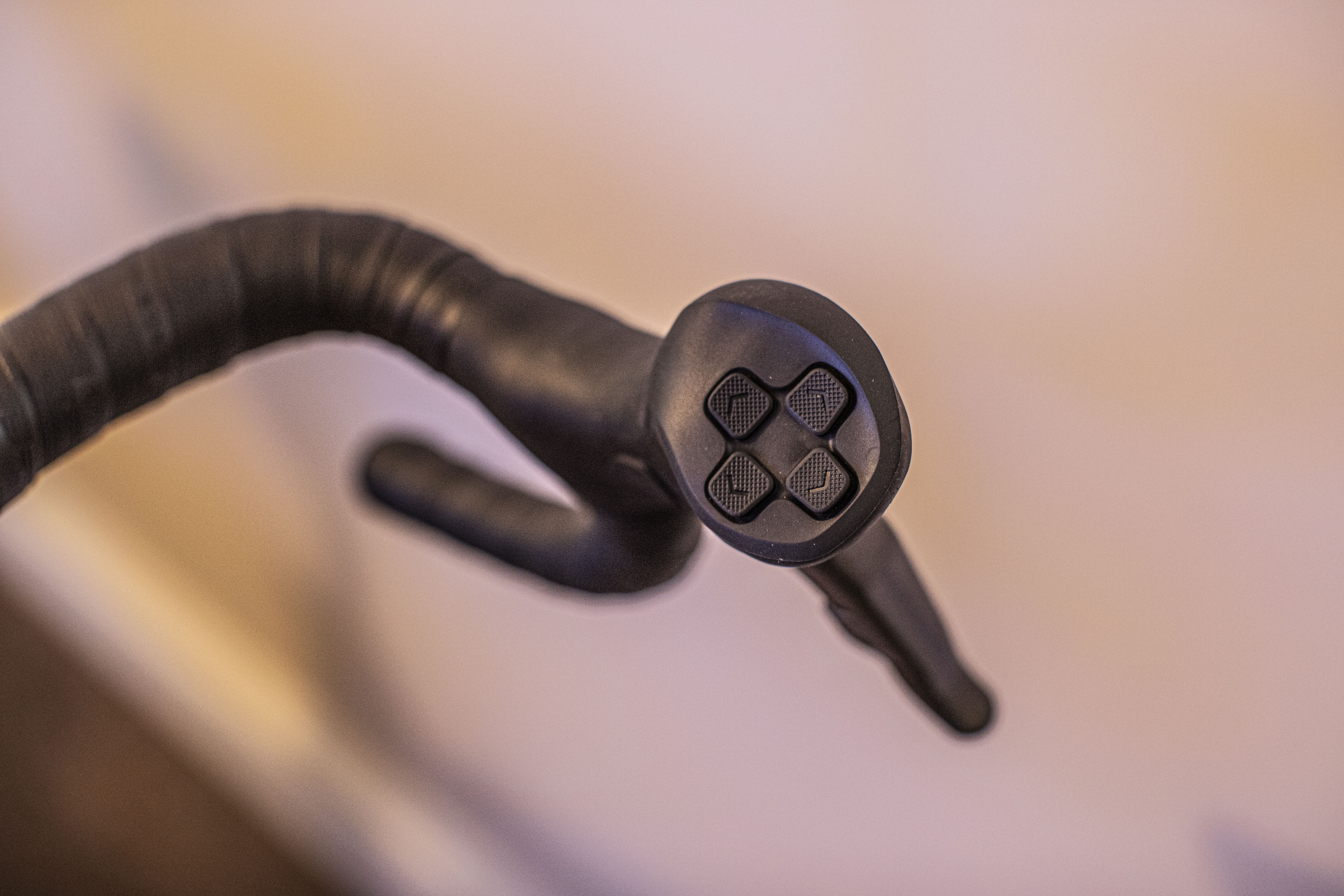
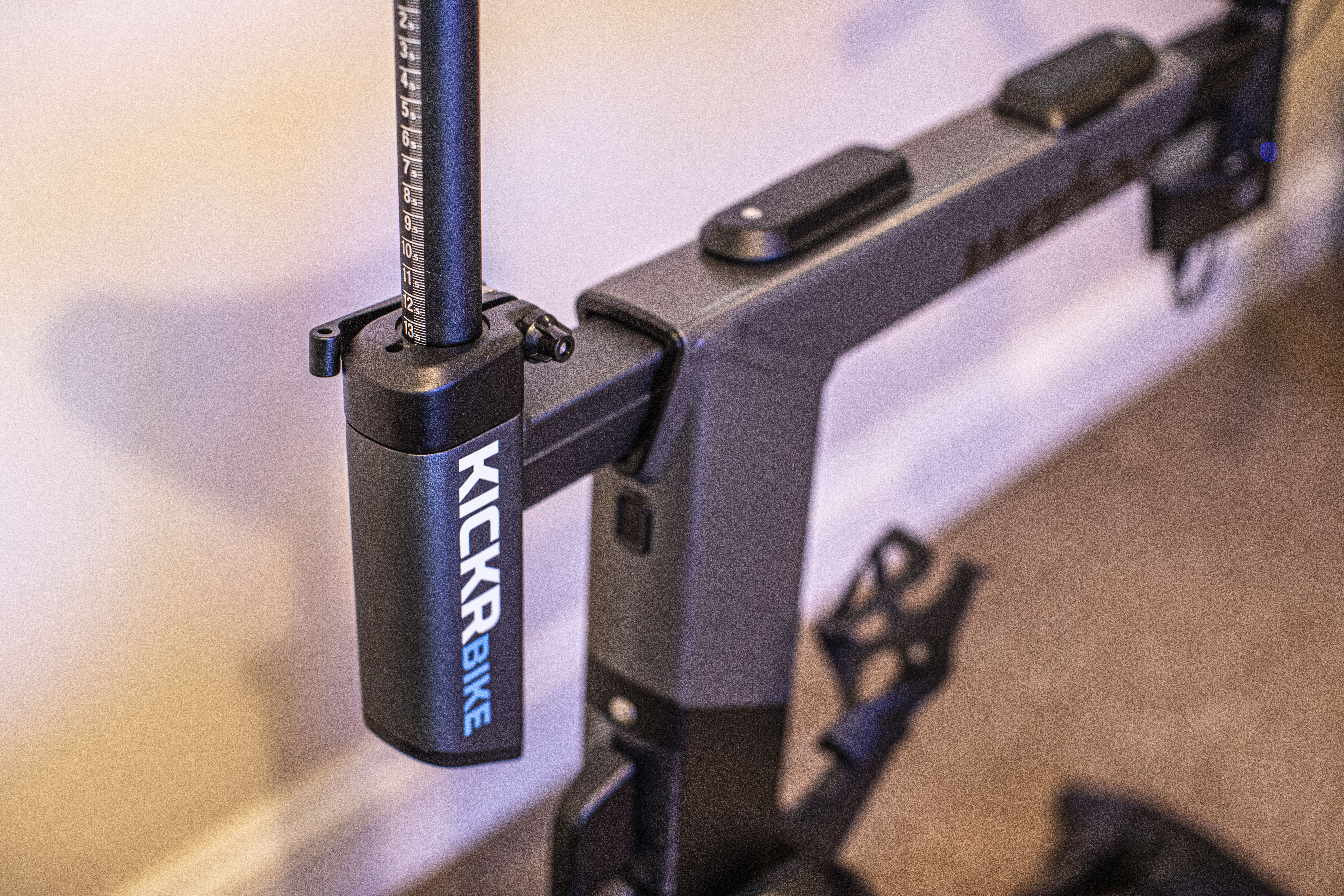
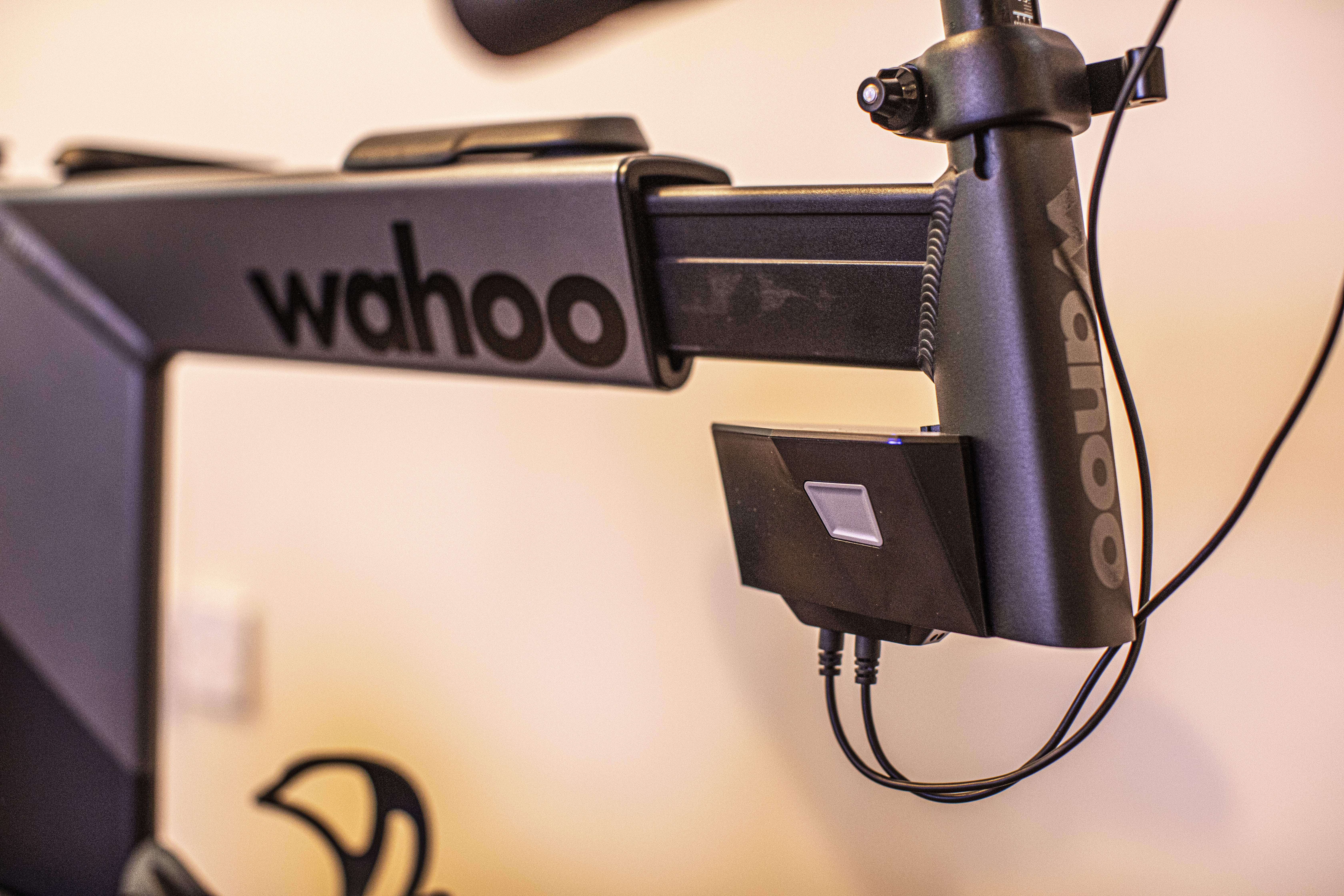
Specifications
While there’s nothing new in terms of system specifications, it’s worth revisiting the features and numbers. It utilises a motor-driven electromagnetic flywheel system that provides resistance of up to 2,500w and can simulate a maximum and minimum slope of 20% and -15%, respectively, matched to an integrated incline actuator that does the same thing as the Kickr Climb, albeit in a more sophisticated manner. In terms of claimed accuracy, the Kickr Bike Pro boasts a +/-1 per cent maximum deviation, while Bluetooth and Ant+ connectivity, Wi-Fi Race Mode, and virtual steering remain unchanged.
What is new, however, is the Kickr Bridge feature, which transforms the Kickr Bike Pro into a central hub, routing data from devices such as heart rate monitors and controllers directly to your chosen indoor training app or computer. It acts as a sensor bridge, enabling a single data stream, thus freeing up Bluetooth channels on devices such as an Apple TV, which only supports two Bluetooth channels.
The latest race content, interviews, features, reviews and expert buying guides, direct to your inbox!
The controls signify the most notable change from the outgoing model and have been refined to enhance the user experience. There are two sets of buttons, all of which are identical to the Zwift Play Controllers or Zwift Clicks. The left controller features four buttons for directional input, followed by a steering button located on the inner side of the left shifter – there’s a steering button on the corresponding right shifter. The right shifter houses a second set of buttons for confirming commands such as ride-ons, activating power-ups, and confirming actions within the menu bars – just like the Zwift Plays. Wahoo says these buttons are not platform-specific and could potentially be used by other platforms down the line.
The buttons and controls are significantly better than those of Zwift Plays, especially the steering buttons, which are conveniently placed and easier to engage. The controls are very refined and don’t require charging or specific positioning, unlike the Plays, which can often move around on the handlebars due to the one-size-fits-all rubberised clasp.
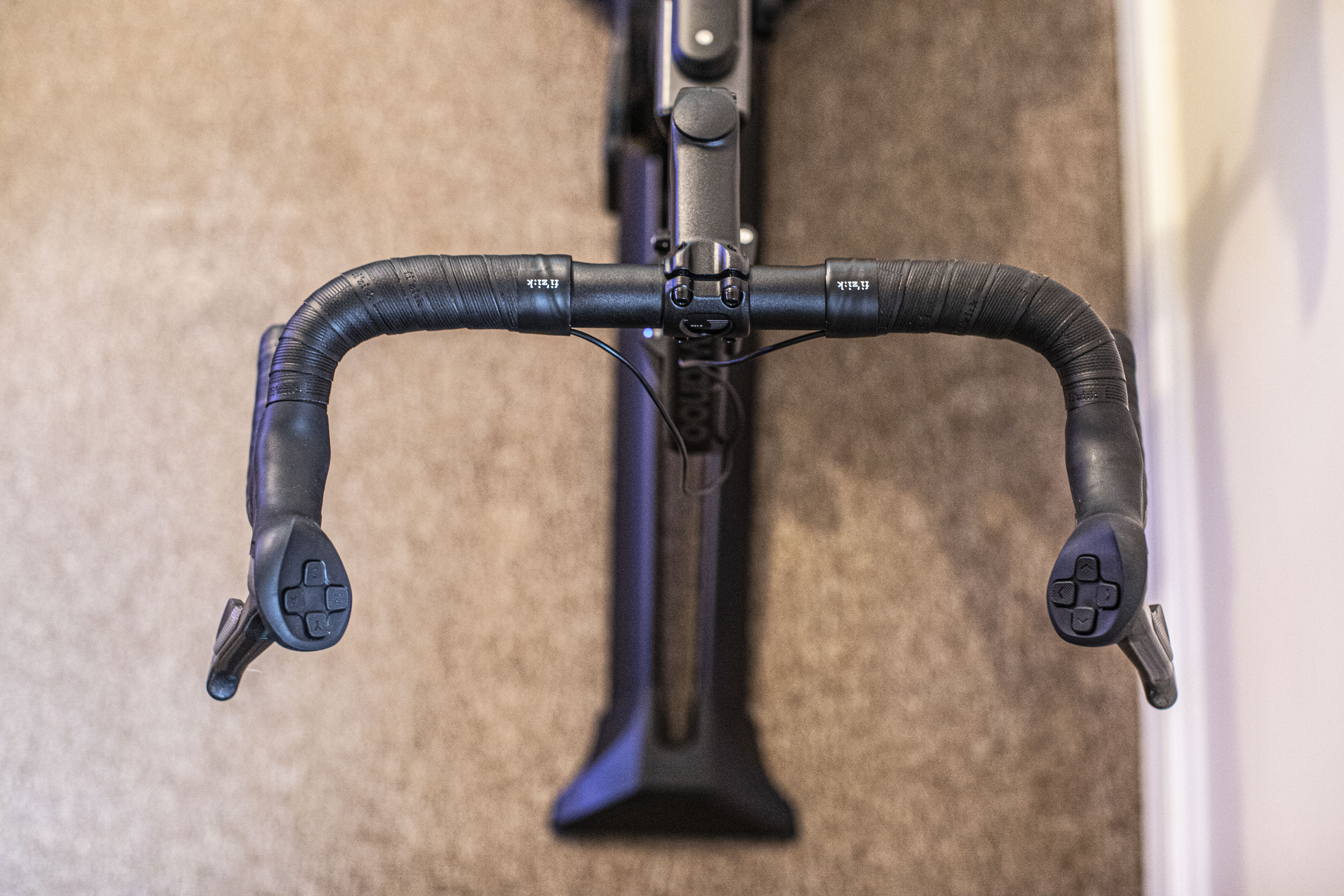
Set-up
Like the Kickr Bike V2, the Pro weighs 42kg, so it’s a relatively heavy bit of kit. It comes packaged in a way that makes it easy to set up and unbox, requiring you to simply remove the box structure from its base and strip away all the protective foam – it’s extremely easy and intuitive. The bike comes partially set up, so it’s a matter of lifting it from the base (I recommend asking for help to avoid any potential injury) and placing it on the floor. As a tip, it’s probably worth moving it to your bike room/pain cave before building and unboxing it, after which it's a matter of fitting the stabilising legs with the supplied Allen key. These legs feature wheels at each end, which will help manoeuvre it around to find the best position within your space.
The 121x76cm footprint is quite significant, but on par with indoor smart trainer/bike setups that utilise a rocker board/plate. The saddle, seatpost, and handlebars are packaged separately and will need to be slotted into place – it’s all straightforward. All in all, the complete assembly, including setting it up according to my specific body measurements, took around 15-20 minutes. There are a total of five fit adjustments that can be made to the bike: handlebar height (up/down), handlebar reach (forward/back), standover height (up/down), saddle height (up/down), and saddle setback (forward/back). All of these are adjustable via quick-release clamps. As before, the five-holed crankarms have provisions for five lengths that increase in 2.5mm increments – 165/167.5/170/172.5/175mm. Minimum and maximum user heights are rated at 152cm and 193cm, respectively.
The final step involves connecting the Kickr Bike Pro to the Wahoo app and Wi-Fi network to ensure it has the latest firmware installed and to allow for future updates to roll out in the background.
Performance and accuracy
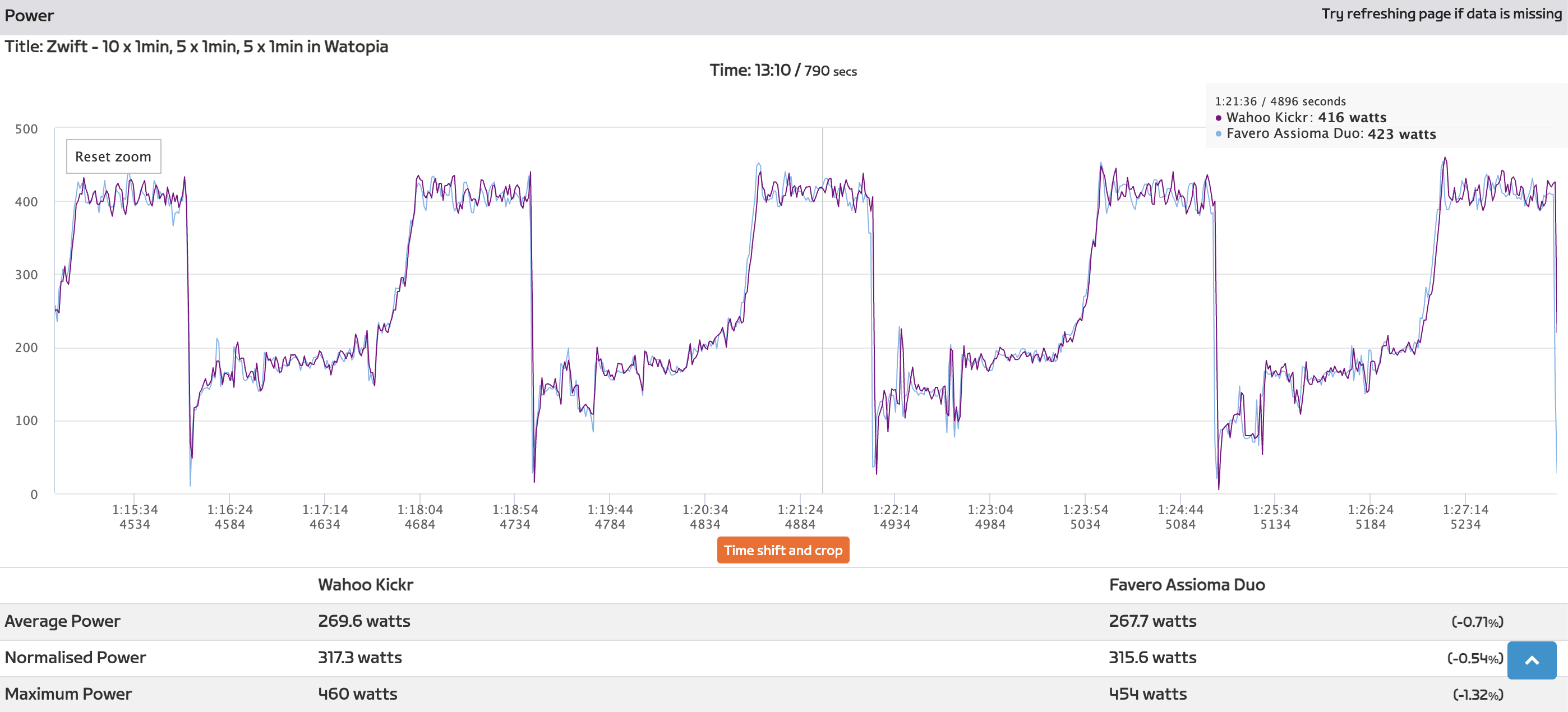
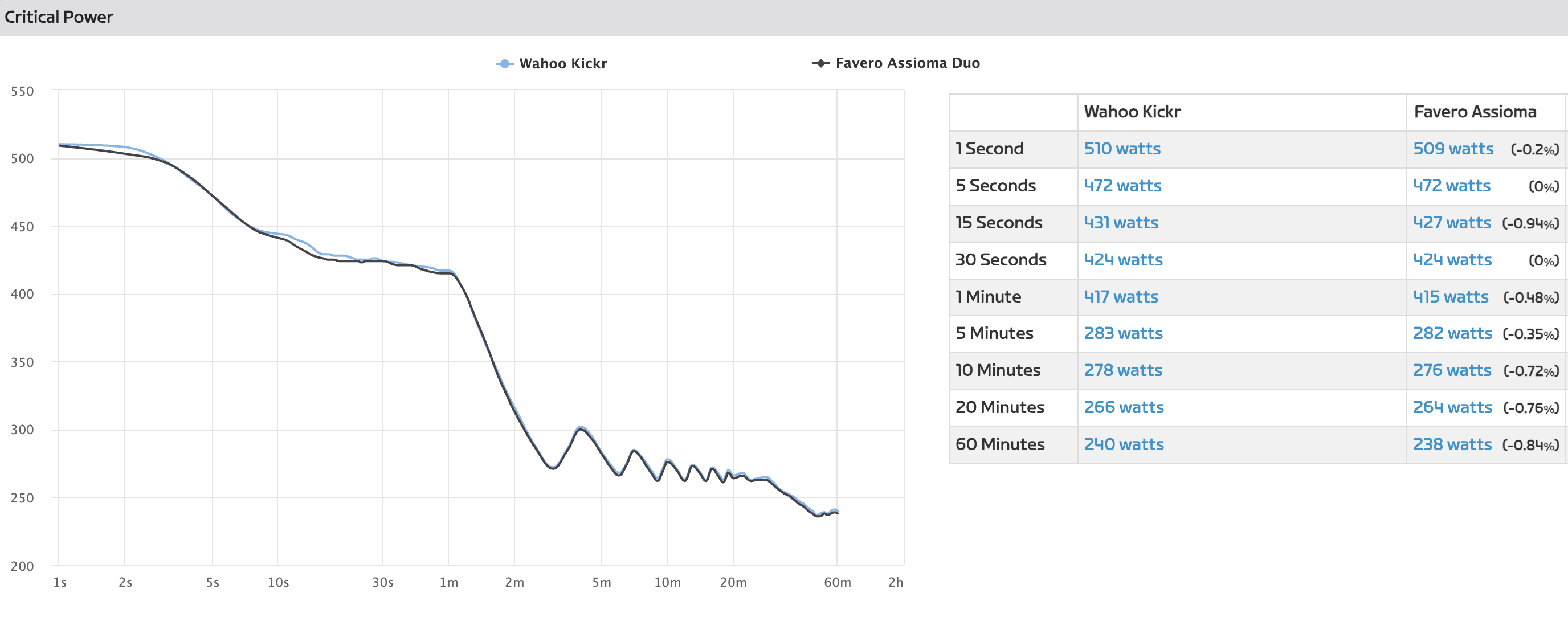
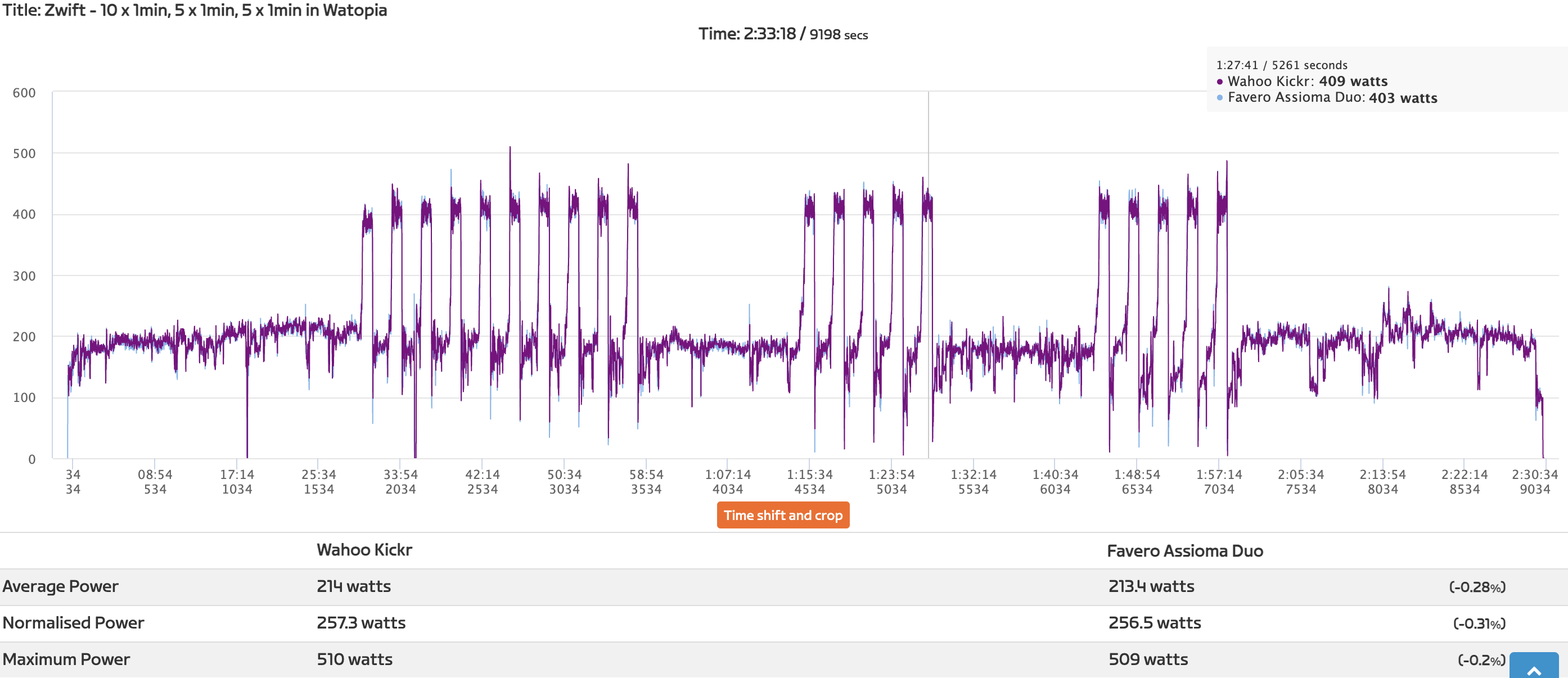

Since the internals of the Kickr Bike Pro are the same as those of the outgoing Kickr Bike V2, and considering we reviewed the Kickr Bike V1 in 2020, which is identical in terms of internals, I won’t go into too much detail here. I did, however, perform a few tests as part of my smart trainer/bike testing protocol, so I’ll share the results anyway.
The first thing you’ll notice is how smooth and quiet it is – sure, there is a faint hum which I think complements the bike, but it’s nowhere near as audible as some of the best smart trainers. The road inertia feel produced by the flywheel is realistic, including the virtual shifting, which is intuitive and instant, and can be customised based on your preferences and requirements in the Wahoo app. Here, you can specify chainring and cassette combinations, including the range of cogs in the cassette, the chainring layout and sizes, as well as the shift style – SRAM, Shimano, or Campagnolo.
It’s still got the downhill drive simulation, which drives the flywheel forward via a motor when you’re coasting, so it feels like you’re descending. It’s a very cool feature, as is the ability to brake like you would in the real world – here all you need to do is pull the levers back and your avatar will come to a stop.
My accuracy testing protocol involved a secondary power meter source to validate the numbers produced by the Kickr Bike Pro, including wattage and cadence. The testing was conducted in simulation mode with ERG mode deactivated over two sessions – an easy 90-minute ride and a session comprising a mix of 1-minute efforts within a series of interval groupings. The primary objective was to assess any drift over time and compare the cadence values and average power with those from my Favero Assioma Duo power meter pedals.
Looking at the numbers, they all tracked within the claimed +/-1% deviation across the board, including the short-duration sprint intervals. A closer look at the 1-minute intervals conducted at 400-420w shows a relatively clean and accurate graph overlay, well within specification. No issues here.
In terms of longer-duration intervals, the Kickr Bike Pro proved to be accurate over the 20-minute and 60-minute critical power bands, as well, which was also echoed by the Assioma Duo power pedals. In fact, from 1-second all the way up to 60-minute power duration, the most significant deviation was just -0.94% during a 15-second sprint.
Like the Kickr Bike 2, the Kickr Bike Pro estimates cadence by analysing power fluctuations and pedal stroke over time, rather than relying on an external sensor. Examining the graph, which encompasses a 150-minute workout that included low-cadence drills, periods above 80rpm, and freewheeling, the results appear to align with Wahoo’s claims. The average of 63.3rpm (Kickr Bike Pro) versus 63.4rpm (Favero Assioma Duo) means a difference of just 0.16%.
Value
Current users of the Wahoo Kickr Bike V1 or V2 won’t see the value of upgrading to the Kickr Bike Pro for just a few ergonomic tweaks. After all, many users would have already upgraded the saddle and bar tape to something more comfortable. Current users were hoping for a significant overhaul of the platform, particularly the drive system. For Wahoo, however, the update allowed the brand to introduce a clearer naming convention, separating the ‘budget’ Kickr Shift from its halo offering, now named the Kickr Bike Pro.
At £3,499.99 / $US3,999 / €3,999.99, it still represents a significant investment, but the fact that many users are still on the original Kickr Bike V1 and V2 provides peace of mind in terms of reliability and long-term durability for prospective customers. While the internals don;t require any servicing, Wahoo recommends ensuring regular maintenance and care of the external features. This involves wiping it down, regularly checking the bolts for corrosion and torquing them, and vacuuming any dust and debris from the motor vent cover. The complete maintenance guide can be found on the Wahoo support website.
In terms of options, the similarly priced £3,499 Tacx Neo Bike Plus is the main rival of the Kickr Bike Pro. Spec for spec, there’s not much in it between the two smart bikes, and it will likely come down to user preference. It doesn't feel significantly different from the Kickr or Wattbike in terms of ride feel, but you can use it without mains power, as it will regenerate energy from your legs.
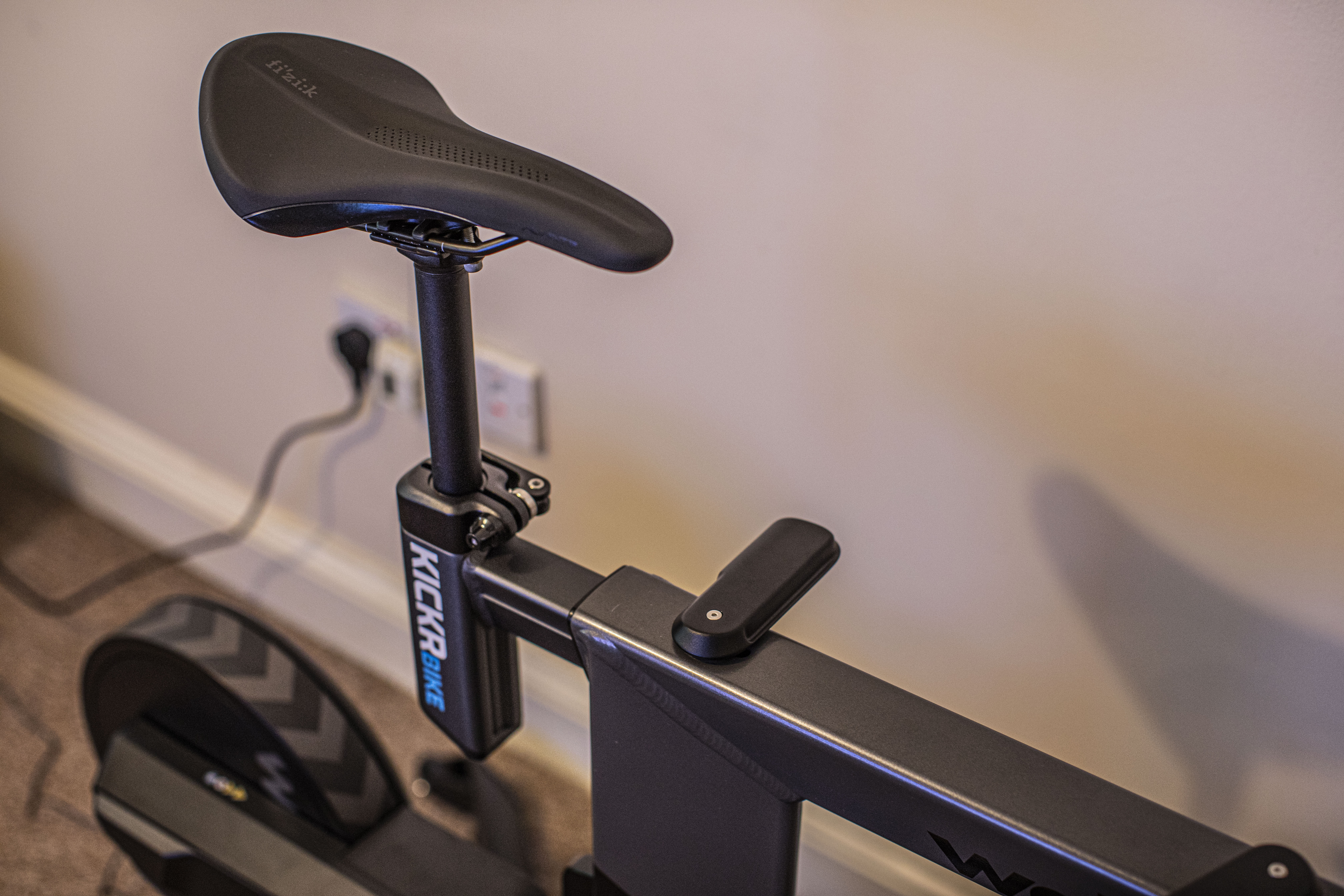
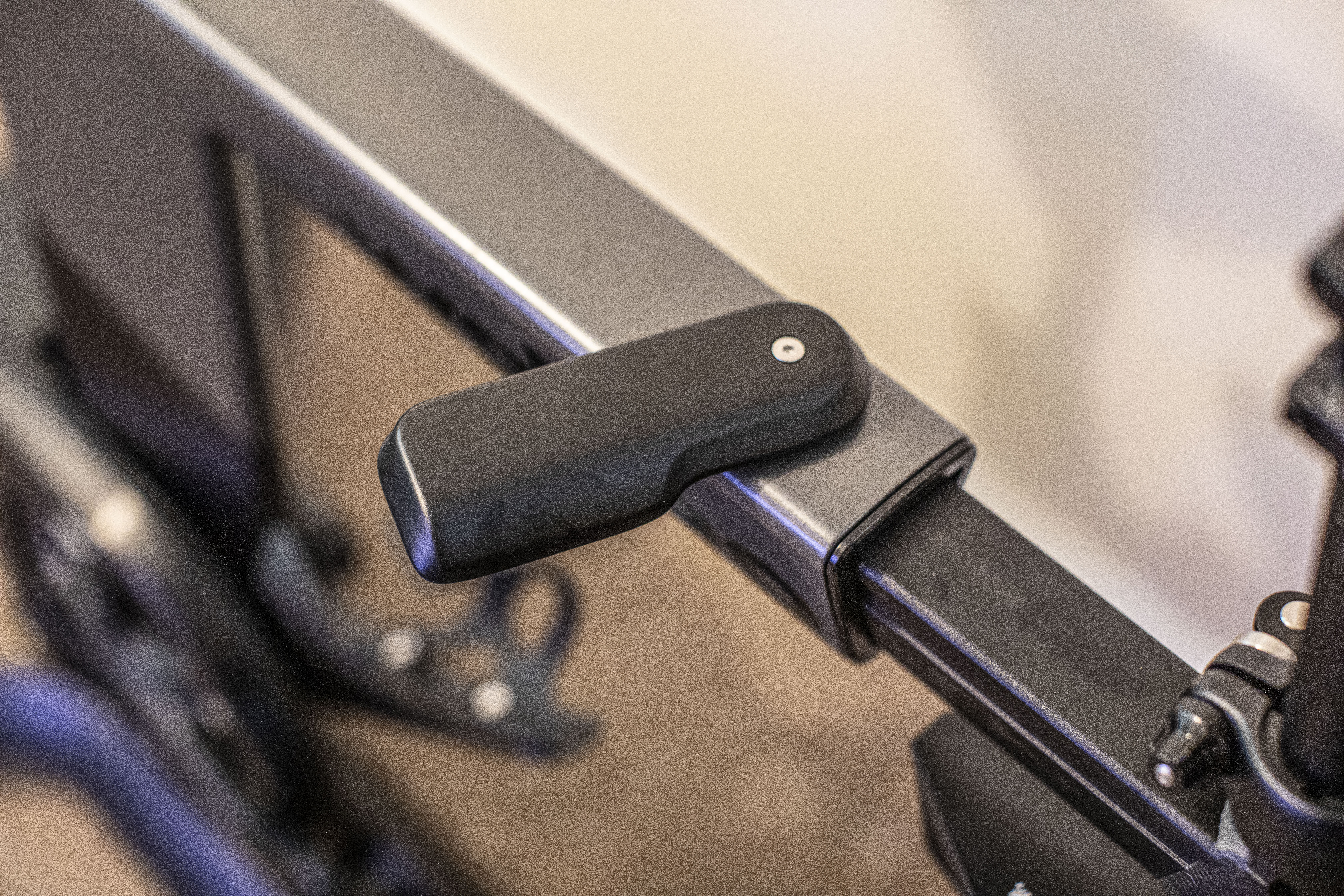
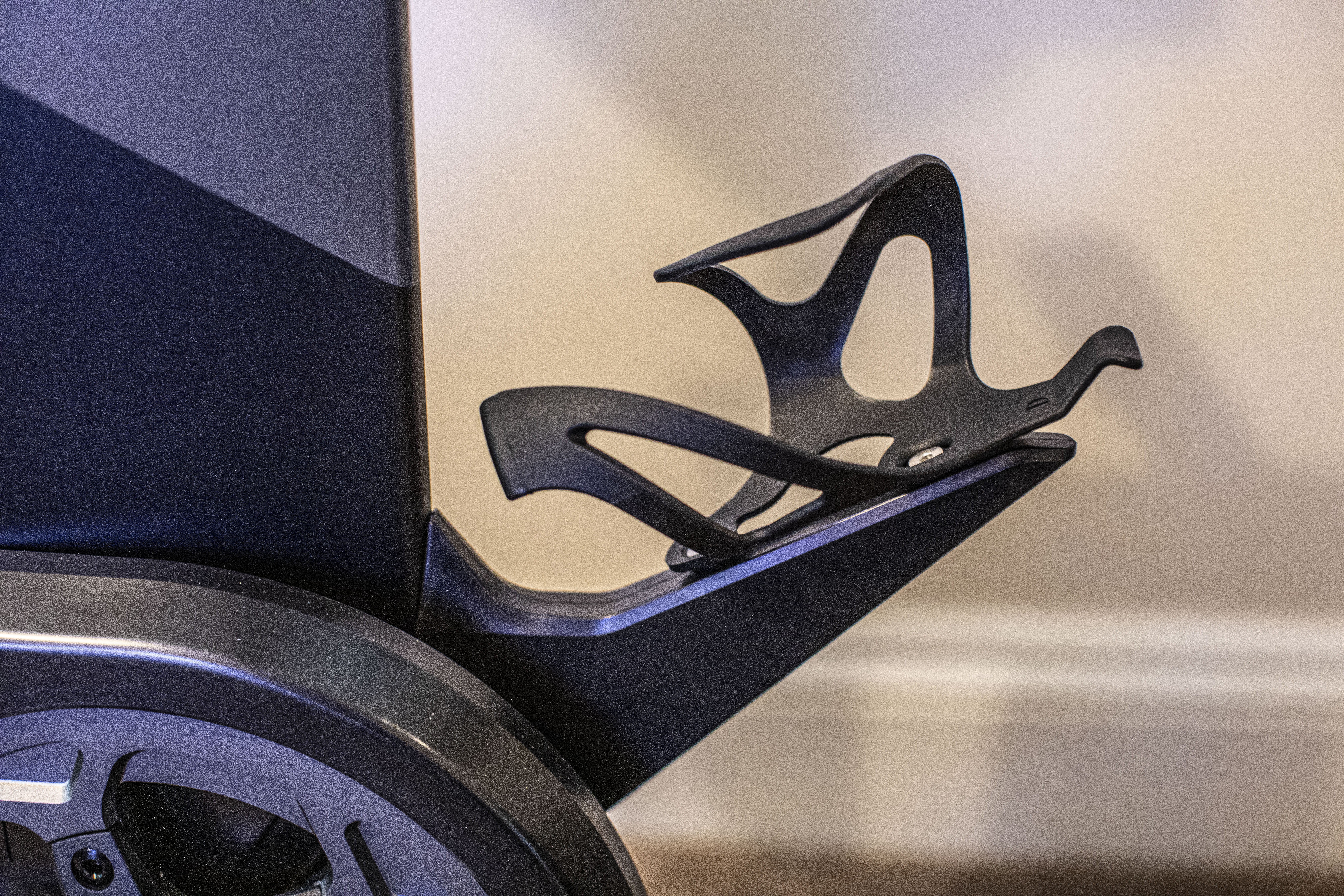
At £2,495, the Wattbike Atom is significantly cheaper than both the Tacx Neo Bike and Kickr Bike Pro. It’s just as reliable and provides a good mix of ride feel and resistance, along with loads of adjustability, albeit perhaps blighted by the fixed 170mm crankarm length and the difficulty of moving around due to a lack of wheels.
The Zwift Ride is not your archetypal smart bike, as it’s an indoor-specific frame that attaches to a Zwift Hub-compatible smart trainer. It comes with integrated Zwift Play controllers and a significant degree of adjustability, but lacks the polish and refinement of its dedicated smart bike rivals. At high-wattage sprints, it can feel unstable owing to the small footprint of the central leg, and unit accuracy will vary from smart trainer to smart trainer. The upshot is that it’s the cheapest option among all the platforms listed here – £749.99 gets you the frame only, or you can purchase it with a Kickr Core 2 bundle at £999.99.
All things considered, if you’re an indoor cycling enthusiast who trains and races on the best indoor cycling apps and requires a dedicated setup that is reliable and durable, you can’t go wrong with the Wahoo Kickr Bike Pro. It’s durable, accurate, and boasts adjustability levels of the highest order. It’s also designed to work in multi-rider households and shared between users where space is a premium. Furthermore, if you’re dead-set on purchasing a Wahoo-stamped product and the £3,499.99 Kickr Bike Pro sticker price is just out of your reach, you could always consider the more affordable Kickr Bike Shift at £2,199.99, or look out for some of the incredible deals on the outgoing Kickr Bike V2, which is currently heavily discounted.
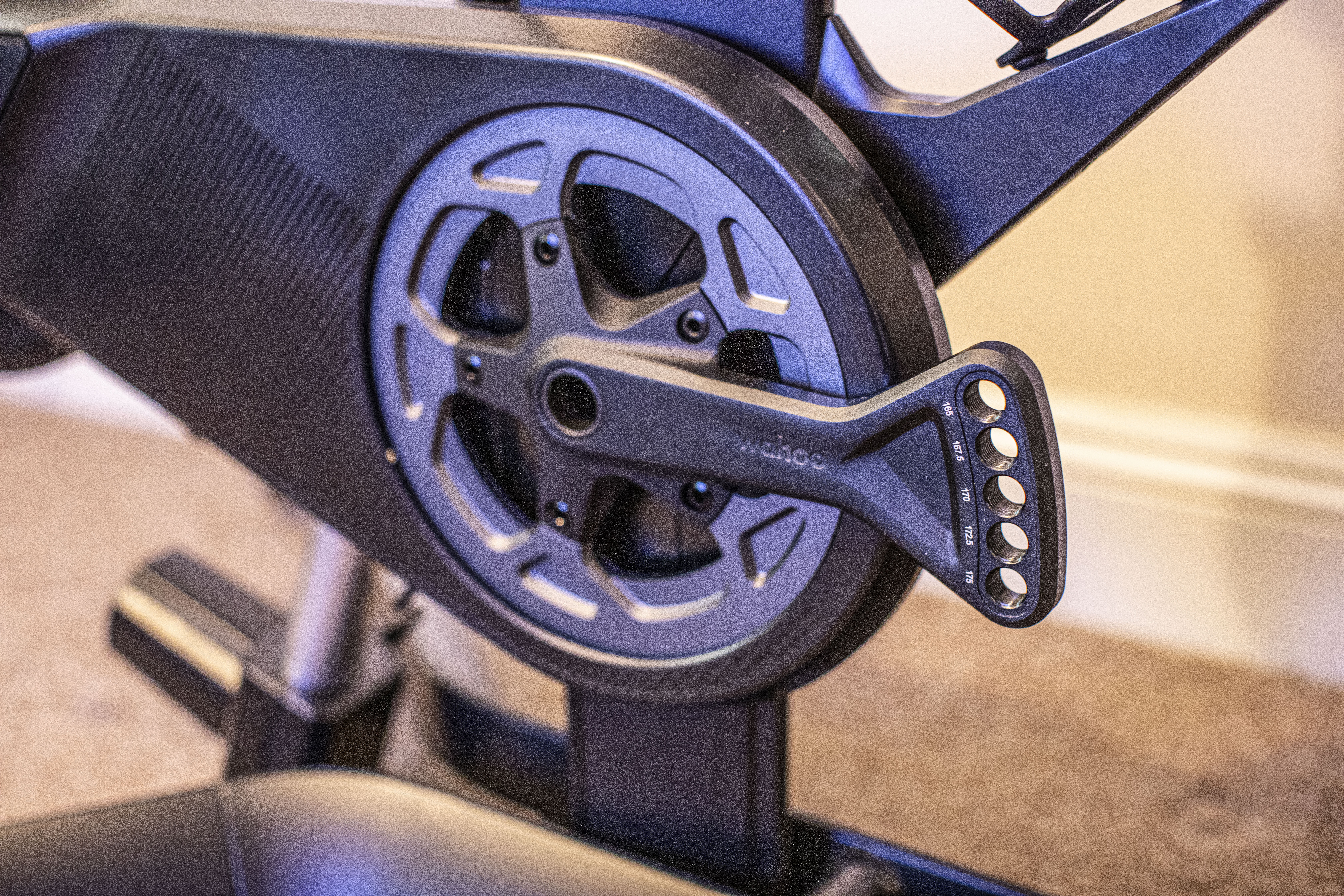
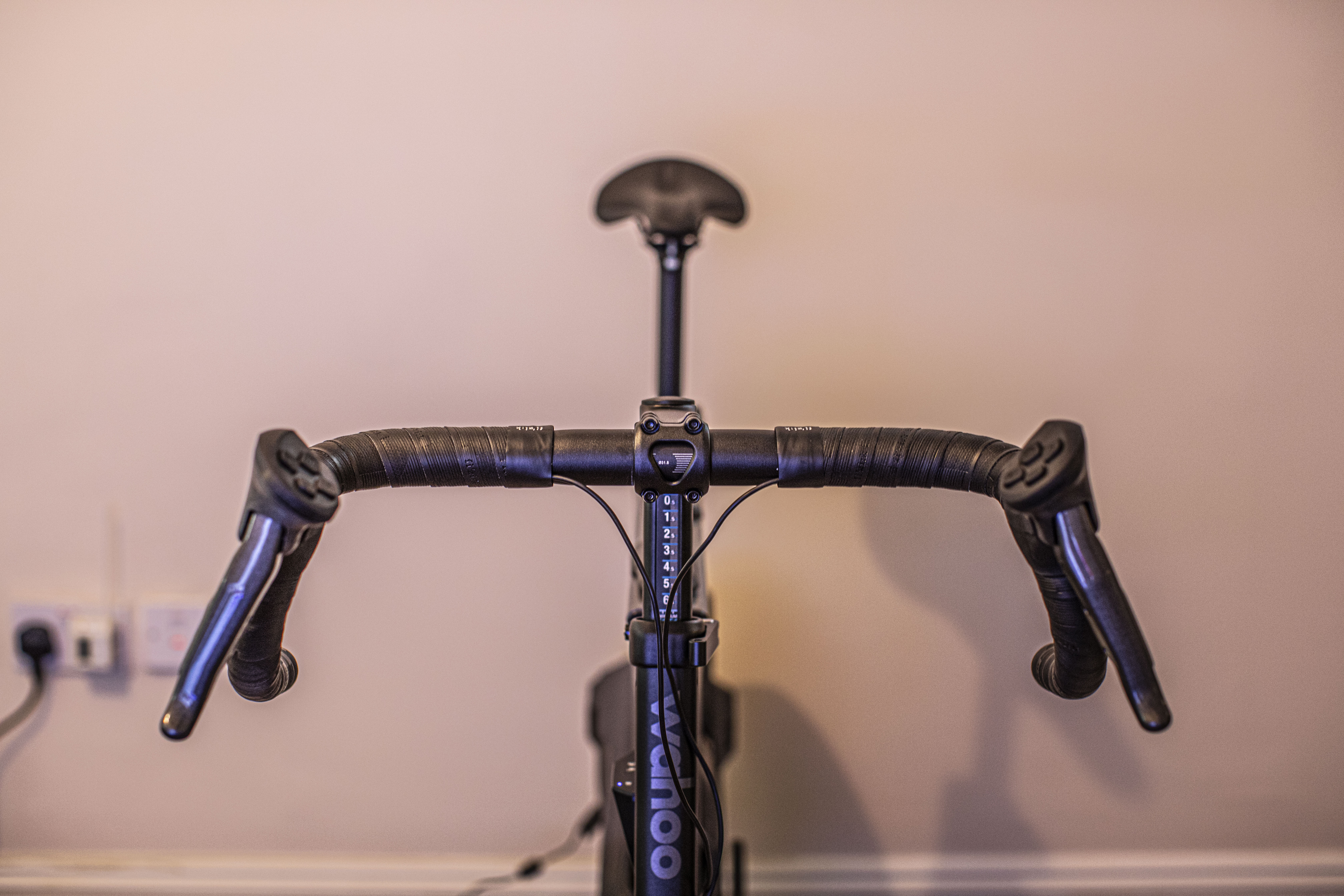
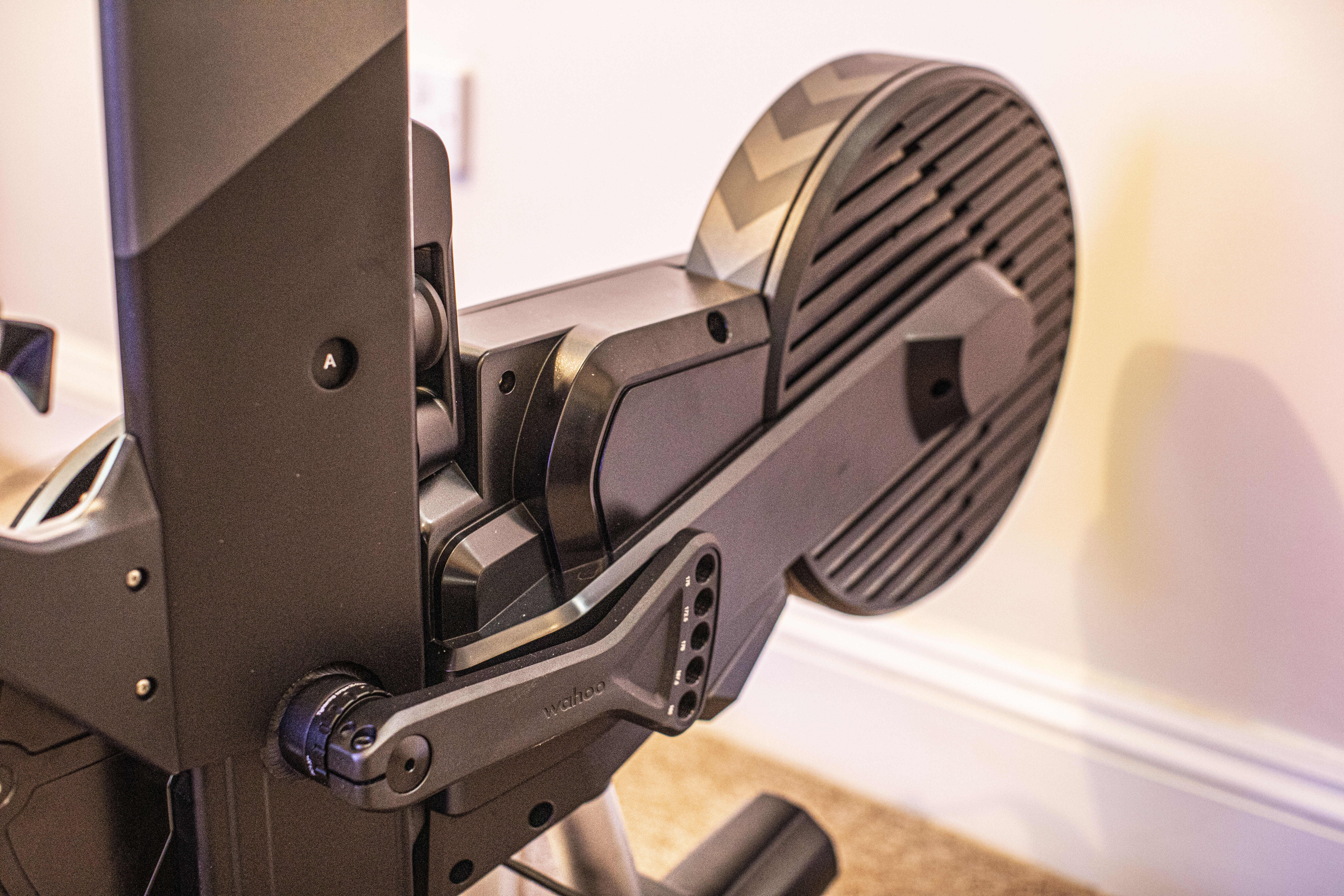
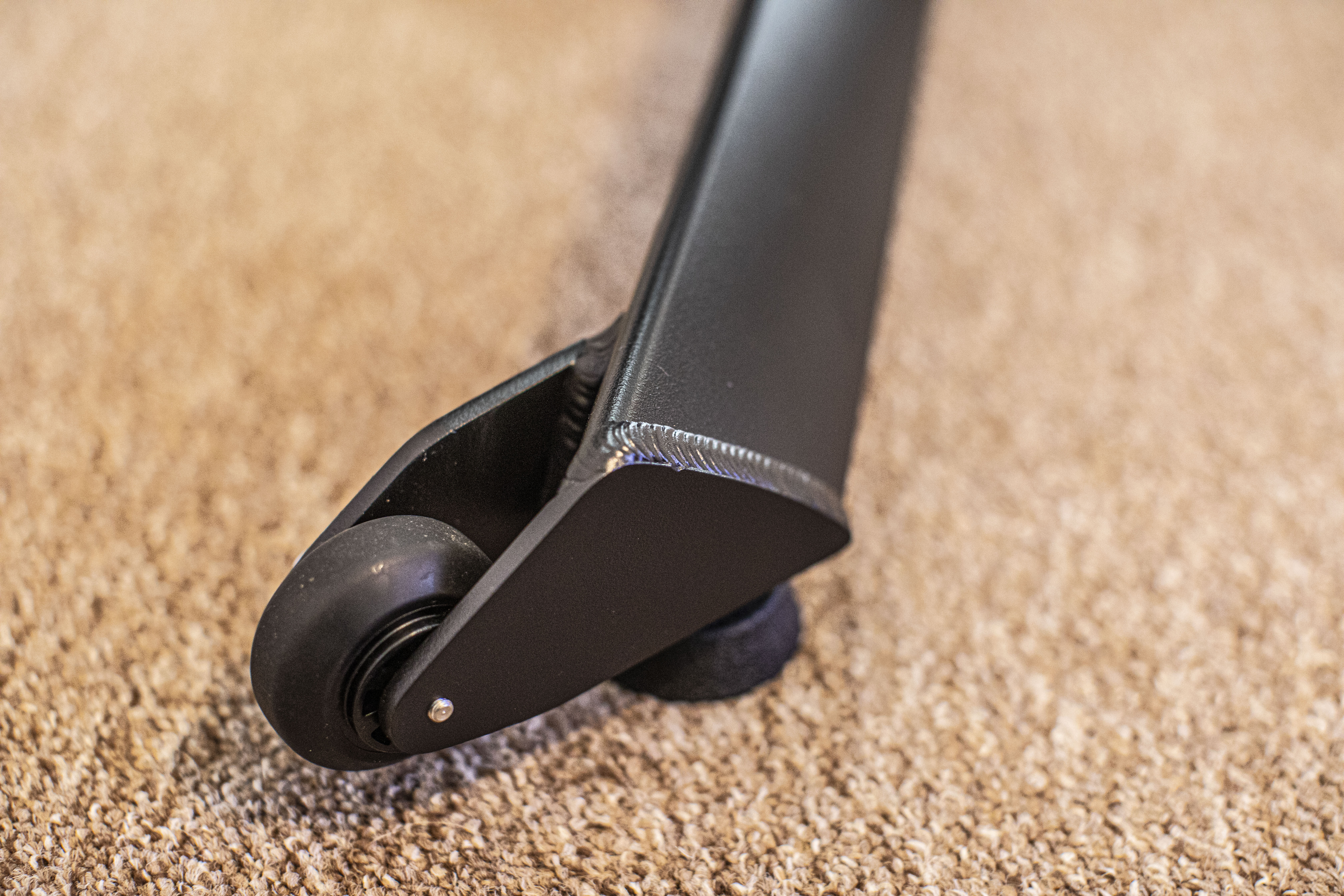
Verdict
Now with improved touchpoints, ergonomics, and controls, the Wahoo Kickr Bike Pro remains the best smart bike.
Ease of use | Despite the size of the box and the unit itself, the Wahoo Kickr Bike Pro is straightforward to set up – there’s nothing overly complicated, especially for those with experience in indoor training and Wahoo smart trainers. At 42kg, it is heavy, and this must be taken into account when setting it up and transporting it to the correct room before unboxing it. While it does come with wheels mounted to the stabilising legs, it’s still quite a challenge to move around, but one of the easiest units to set up nonetheless. | 9/10 | Row 0 - Cell 3 |
ERG mode | Like the Kickr V6, ERG mode on the Kickr Bike Pro is smooth and responsive, utilising the brand’s easy ramp feature to avoid the spiral of death when you need to stop for any reason and get back on again. | 10/10 | Row 1 - Cell 3 |
Ride feel | One of the best in terms of realism. The road inertia feel produced by the flywheel is close to the best, and the motor-driven downhill freewheel feature adds to the package | 10/10 | Row 2 - Cell 3 |
Power accuracy | My testing showed the Kickr Bike Pro meets the claimed accuracy deviation of 1% – this held across the entire power band | 10/10 | Row 3 - Cell 3 |
Connectivity | Exceptional. The Wahoo Kickr Bike comes with Wi-Fi connectivity, supports ANT+ FE-C and Bluetooth FTMS protocols, and Direct Connect wired connection. | 10/10 | Row 4 - Cell 3 |
Noise | A lot quieter than the smart trainer equivalent due to the lack of a chain-actuated drivetrain. Testing peaked at 69 decibels while noise consistently read between 60 and 65 decibels when pedaling steadily. | 10/10 | Row 5 - Cell 3 |
Stability | The impressive 121x76 cm three-leg footprint of the Kickr Bike Pro means the unit is balanced and planted – even during maximal sprints. No rock or shake here. Superb. | 10/10 | Row 6 - Cell 3 |
Storability | It’s a large unit that takes up considerable space, but due to its adjustability and position tailoring, it can be used by multiple users, freeing up space that another smart trainer/bike setup would otherwise occupy. | 8/10 | Row 7 - Cell 3 |
Value | At £3,499.99 / $US3,999 / €3,999.99, the Kickr Bike Pro is a significant investment, but it needs to be viewed more as a long-term investment than a lavish outlay. With many owners still aboard the original Kickr Bike and Kickr Bike V2, the reliability and durability of the platform are hard to dispute. It’s a high-quality offering and solution for those looking to maximise space with a dedicated indoor training machine. | 8/10 | Row 8 - Cell 3 |
| Row 9 - Cell 0 | Row 9 - Cell 1 | Total: 85/90 | Row 9 - Cell 3 |
Aaron was the Tech Editor at Cyclingnews between July 2019 and June 2022. He was born and raised in South Africa, where he completed his BA honours at the University of Cape Town before embarking on a career in journalism. Aaron has spent almost two decades writing about bikes, cars, and anything else with wheels. Prior to joining the Cyclingnews team, his experience spanned a stint as Gear & Digital editor of Bicycling magazine, as well as a time at TopCar as Associate Editor.
Now based in the UK's Surrey Hills, Aaron's life revolves around bikes. He's a competitive racer, Stravaholic, and Zwift enthusiast. He’s twice ridden the Cape Epic, completed the Haute Route Alps, and represented South Africa in the 2022, 2023, 2024 UCI eSports World Championships.
Height: 175cm
Weight: 61.5kg
You must confirm your public display name before commenting
Please logout and then login again, you will then be prompted to enter your display name.
